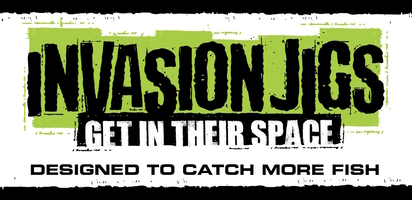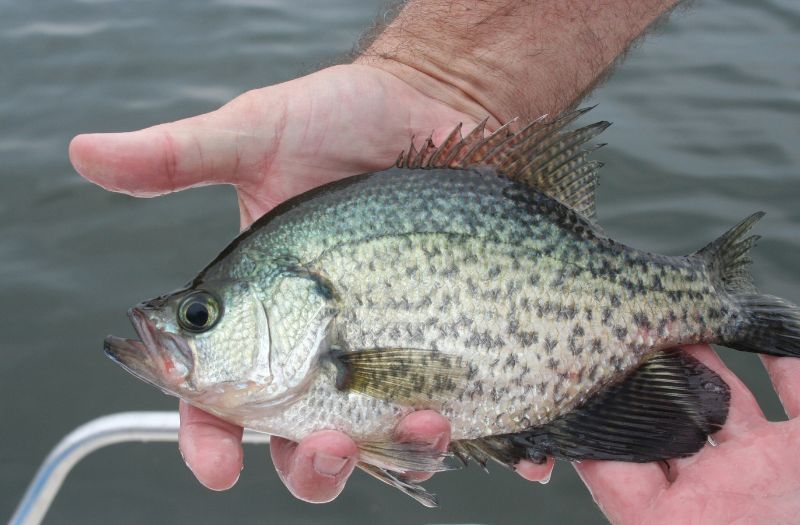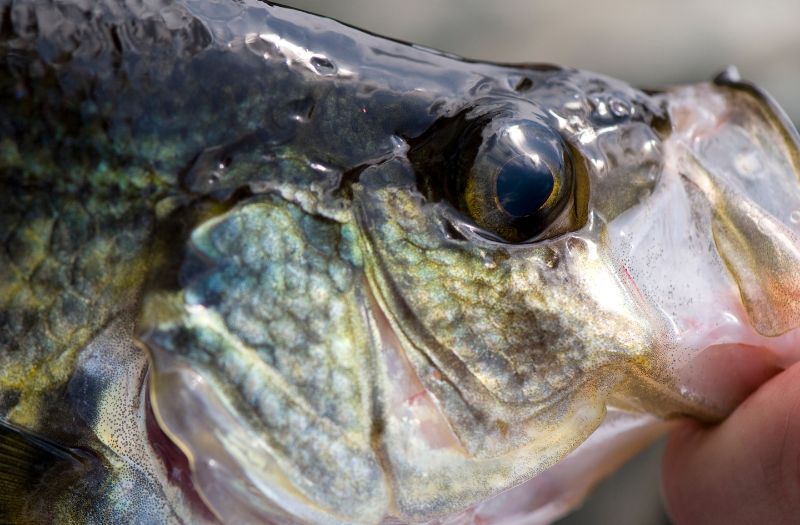Basics of Pan Fishing

Classic way to catch crappies, bass, and sunnies, pan fishing is a great way to get your feet wet whether you're on a boat or fishing off the dock. We've came up with a solid list of everything you need in order to start pan fishing. Whether you keep the fish or toss them back, we included various items that prove useful during your trip.
Basics of Pan Fishing
Avid fishermen and beginners both enjoy the relaxing, fun method of pan fishing for a number of reasons. It can be as laidback or as intense as you'd like, it's all about what pace you want to set for yourself. It's also a good way to get kids involved for their first-time fishing. If you're interested in trying pan fishing, here's everything you need to get started:
Fishing Rod and Reel
The first thing you'll need is a fishing rod and reel. You can buy a basic set at most sporting goods stores. Preferably a 6 or 7-foot rod is a good all-purpose size for pan fishing. It doesn't have to cost you a lot of money. Any basic rod and reel should do for smaller fish, which is typical of panfish.
Fishing Line
You'll also need some fishing line. A 6-pound test line is a good all-purpose weight for pan fishing, since the fish you'll catch is typically not going to be more than six pounds. This is solid fishing line for crappies and smaller bass.
Fishing Jigs
You'll need high-quality fishing jigs to catch the best fish. Consider Invasion Jigs multicolor or solid color jigs. They're perfect for catching crappies, bass, and walleye!
Bait
There are a variety of baits that you can use for pan fishing. Some popular baits include worms, minnows, and crickets. Ask at your local bait shop to see what people have been using to catch the type of fish you specifically want and they'll provide good advice.
Livewell
If you're going to be fishing for more than an hour or two, it's a good idea to bring a livewell. A livewell is a container that keeps your baitfish alive and healthy. You want your minnows to be wiggly and alive to further entice fish into biting your hook.
Cooler
If you're going to be keeping your fish, you'll need a cooler. They'll ensure your catches stay fresh for eating while you fish and travel home. You could even add some ice packs to keep the fish cold if it's a hot summer day.
Fishing or Bucket Hat
It's important to protect yourself from the sun when you're fishing. Consider wearing a fishing hat or a bucket hat, really anything that keeps the sun from your eyes and your face shaded. You want to be able to see what you're catching and not suffer sun burns.
Sunglasses
Ensure you have a pair of sunglasses with UV protection and has enough tint to shield your eyes as well as protect you from harmful sunrays. Sunglasses will not only help protect your eyes from the sun and glare, but they also make it so you can see the fish you're catching.
Fishing License
In most places, you'll need a fishing license to fish. You can get a fishing license at most sporting goods stores or online. Check with the city or county ordinances to ensure you need one. You can also find a license at bait shops and local gas stations.
First-Aid Kit
It's always a good idea to bring a first-aid kit with you when you're fishing. This way, you can treat any minor injuries that you may sustain.
Where to Go Pan Fishing
These are the main spots where you're going to find panfish. Ask long-time fishermen where they prefer to go, it's always good to get advice from experienced people.
- Lakes
- Rivers
- Ponds
- Streams
- Creeks
How to Pan Fish
There are a few different ways to pan fish. One popular method is to cast your line out and let it sink to the bottom. Once it has reached the bottom, slowly reel it in, pausing occasionally to let it sink back down.
Another popular method is to fish with a bobber. To fish with a bobber, simply attach a bobber to your line and cast your line out. Once your bobber has drifted to the desired spot, slowly lower your bait into the water. If a fish takes the bait, the bobber will move.
Tips for Pan Fishing
Here are a few tips for pan fishing:
- Fish in the early morning and late evening hours. Fish are most active during these times of day.
- Use a variety of baits. Fish can be picky eaters, so it's important to experiment with different baits.
- Fish in different water depths. Fish can be found in a variety of water depths, so it's important to fish in different areas to find where they are holding.
- Be patient. Pan fishing can be a waiting game. It's important to be patient and not get discouraged if you don't catch anything right away. Just keep trying and eventually you'll start to catch fish.
With a little practice, you'll be catching panfish in no time!
Invasion Jigs - Designed to Catch More Fish
Multicolor Jigs - Solid Color Jigs - Weedless Spinners - Pocket Packs


